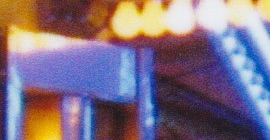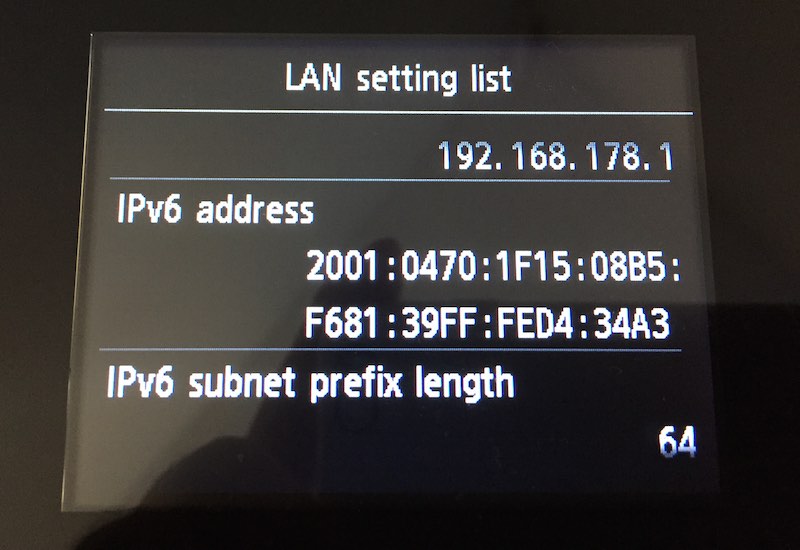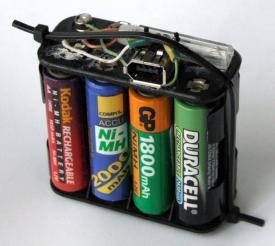The switch to USB-C
▼ A week ago, Apple unveiled the new MacBook. The crazy thing about this new computer is that it only has two ports: an audio port and a USB type C port for everything else. The audio port is like the one in the MacBook Pros: it looks like a regular 3.5 mm headphone port, but it also supports iPhone-style headphones with a microphone and clicker, and with the right adapter, it does optical digital audio out.
The USB-C connector is very interesting. It's backward compatible with old USB standards at 1.5, 12 and 480 Mbps with a simple adapter cable. It also supports USB 3 and 3.1 at 5 and 10 Gbps, and should be ready for even higher speeds in the future. Like Apple's lightning connector, you can plug it in in both orientations. USB-C can deliver up to 5 amps at 12 or 20 V for a maximum of 100 Watts—in either direction. Last but not least, the USB-C port allows many non-USB protocols to be transmitted over a USB-C cable. So with the right cable, a USB-C port can be used to connect a monitor over HDMI or DisplayPort. This uses wires normally used for 5 Gbps USB connectivity. Depending on how many wires are used for the alternate protocol, the USB speed may have to fall back to 480 Mbps.
The new MacBook is a lot like the first MacBook Air: that one also only had a USB port and an audio port, in addition to a power connector. It was also unbelievably small and light for the time, but also underpowered and very expensive. The new MacBook has a mobile CPU that only draw 5 W, so it doesn't need a fan. This probably means that the machine can be fast only in short bursts, as it will have to throttle back when it heats up. We'll see when the benchmarks come in. In most respects, the new MacBook compares favorably to the existing 11" MacBook Air: same battery life at 9 hours, and the slightly larger screen is HiDPI at 2304x1440 pixels, compared to 1356x768 for the 11" MBA. However, that's only 1152x720 "points", so less stuff will fit on the screen. I'm already having problems with that on my 1280x800 point MacBook Pro. I can't imagine having to shoehorn my digital life into a 19% smaller number of pixels.
But back to that single USB-C port. Like the iPhone and iPad, the new MacBook uses the same port for charging as well as expansion. So if you want to connect your iPhone or a USB flashdrive to your MacBook, you'd have to disconnect the power supply. Until a few years ago, that would have been very problematic: laptops had relatively poor battery life, so they were hooked up to power at every opportunity. But today's laptops have battery life similar to that of an iPad. It's not entirely inconceivable to use them on the battery during the day and charge them overnight. Pulling out the power to sync an iPhone or copy some files to an USB drive is not a big deal. Of course for the time being, you'll have to use a USB type C to type A adapter, like the one Apple sells for $19.
And if you want or need more long-lived USB connectivity, Apple has a two additional adapters that allow you to connect regular type A USB cables/devices to the new MacBook while the computer is connected to power. In addition to that, one adapter has VGA out, the other HDMI out, allowing you to connect an external screen at resolutions up to 1920x1080. (These adapters aren't cheap at $79.) On the tech specs page, Apple also mentions "Native DisplayPort 1.2 video output", but there's no cable or adapter for that yet.
All of this would be a lot easier if the new MacBook had two USB-C ports. Think about how great it would be if you could plug in power at either side of the computer! And then you still have a free port to connect USB devices and/or an external screen. Because USB-C is an industry standard, it will be possible to buy third party power supplies, which will probably be a lot cheaper than Apple's. And having a single power supply that can charge pretty much everything will be great. However, I'm slightly worried about the loss of magsafe. I once tripped over my PowerBook power cable, and the computer went flying through the room. Hopefully, the USB-C power cable is loose enough that it comes out in such a situation.
The new MacBook's keyboard extends all the way to the sides of the computer, and the computer is so thin that it's not possible to have connectors under the keyboard. This leaves very little room for connectors at the far end of the computer, in line with the hinge, with the USB-C connector on the left and the audio connector on the right. So adding a second USB-C connector probably means the audio connector has to go. But that's easily solved with a small USB-to-audio adapter. Apple could even make a magsafe+audio-to-USB-C adapter.
The MacBook Air quickly gained a second USB port. It's certainly possible that the new MacBook will also gain a second USB port by the time the price drops and it replaces the MacBook Air as the base model in Apple's laptop line-up. (Which I'm pretty sure is the goal, considering the MacBook <nothing> name.)
So how is the switch to USB-C going to work for the rest of Apple's line-up?
Will the next iPhones and iPads have a USB-C port rather than a lightning port? Could be. But it seems a bit too soon for that, especially because this is an "S" year for the iPhone. So maybe next year. It doesn't make much sense for Apple to include a USB-C to lightning cable with i-devices at this point. But then again, how long are they going to include USB-A to lightning cables? Perhaps you'll be able to choose? I do expect them to start selling USB-C to lightning cables separately later this year, especially if they don't plan on switching the i-devices to USB-C the year after.
I assume Apple is going to see how well USB-C works on the new MacBook before putting the port in the MacBook Pros. The MBPs aren't going to shrink so much that the USB type A port doesn't fit anymore anytime soon. And the thunderbolt ports support 20 Gbps today while USB still has to implement the 10 Gbps spec. However, once DisplayPort 1.3 can run over USB-C, it will be possible to run a 5k display over a USB-C port, so Apple will be able to build a 5k Cinema Display, which can then also power the computer over USB-C.
In an ideal world, a new version of the MacBook Pro would have two USB-C ports with DisplayPort 1.3 and USB power capability, while still maintaining the existing magsafe and thunderbolt ports. However, it seems unlikely that we'll be that lucky.
But one thing is for sure: we're going to need a whole lot of new cables. Full USB-C needs 24 wires, and the cables may be active cables with a chip in them. Which means they won't be cheap. But there's probably going to be simpler cables that only do 480 Mbps data or even no data, but only power using a USB-C connector.
Permalink - posted 2015-03-16


 Printed by Apple's lab
Printed by Apple's lab
 Printed on the Canon PIXMA MG7550
Printed on the Canon PIXMA MG7550
 The original JPEG from the camera
The original JPEG from the camera


